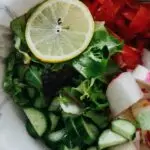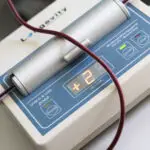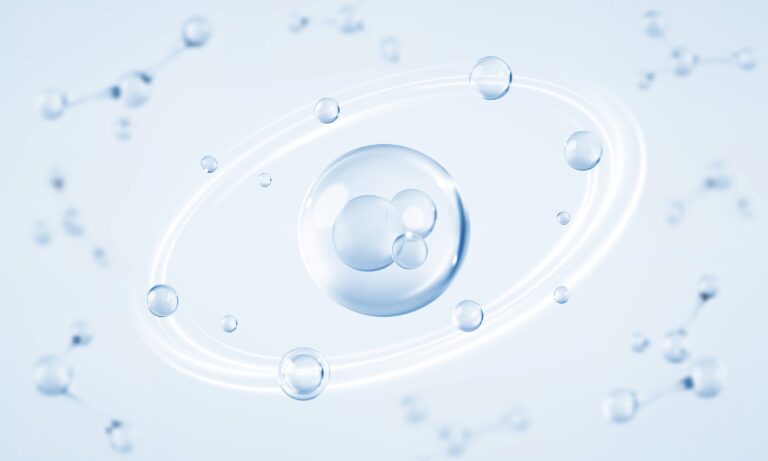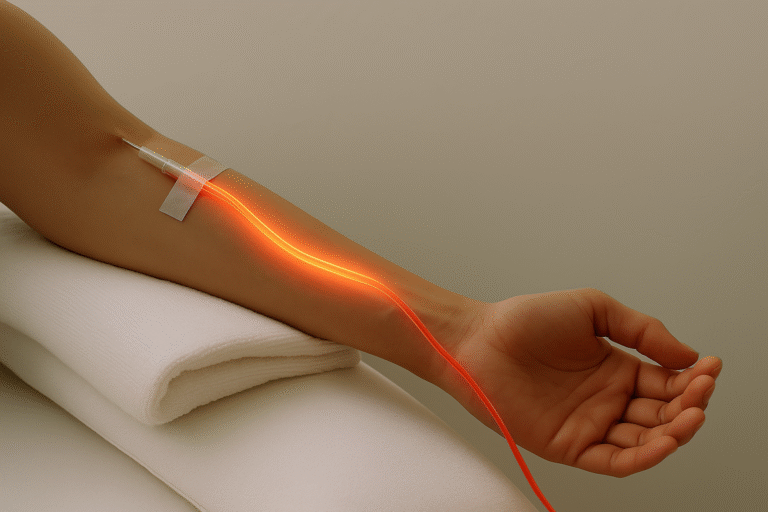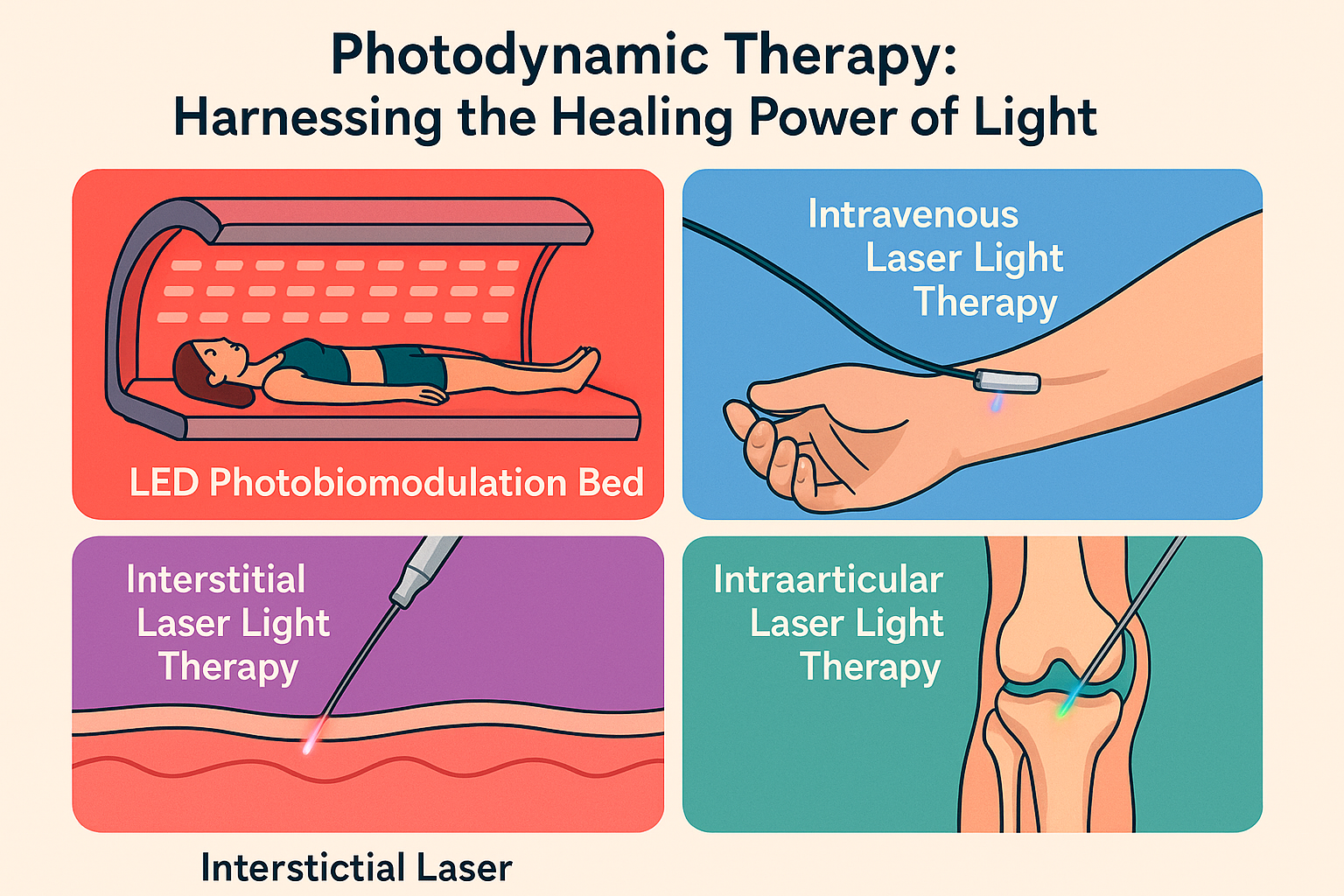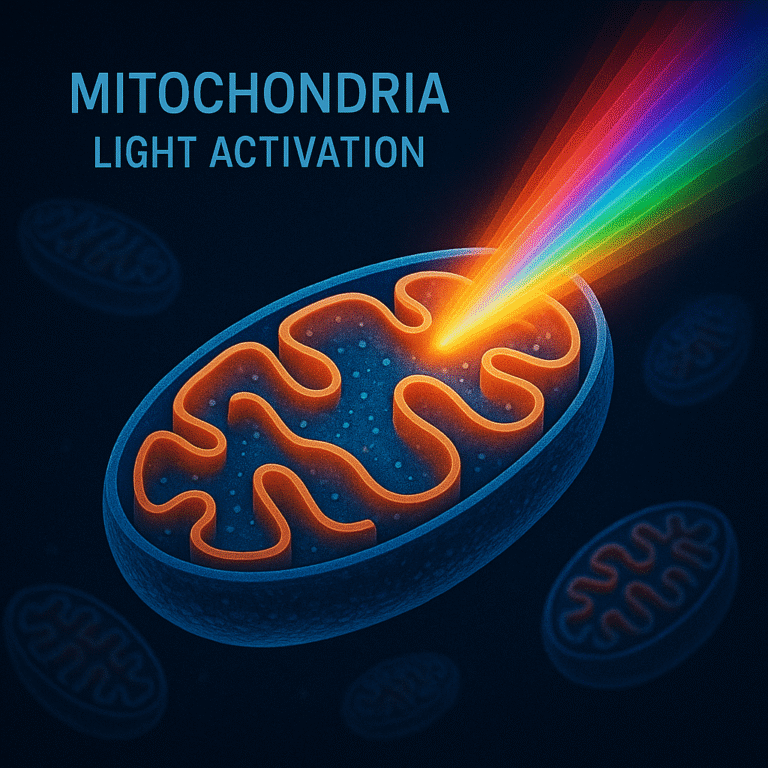Discover the essentials of Salvestrols, from safety considerations to usage guidelines and potential interactions. Dive into our comprehensive guide for valuable insights into optimizing your Salvestrol experience.
Frequently Asked Questions (FAQ) about Salvestrols:
- Yes, Salvestrols are safe, even when exceeding the recommended daily intake. There have been no reports of toxicity. However, pregnant women and breastfeeding mothers should avoid them.
- Salvestrol capsules contain citrus bioflavonoids, dried pumpkin, and grapeseed extract. These ingredients are free from genetic modification, pesticides, or antifungal agents. Each capsule contents are detailed on the product label.
- Currently, there are no reported side effects associated with Salvestrol Platinum.
General guidelines for adults:
- Adults with a normal weight (BMI 18 to 30) should consume a total of 6,000 Salvestrol points per day, with 4,000 taken at breakfast and the remainder at lunch.
- Underweight individuals should aim for 4,000 Salvestrol points per day, while heavier individuals may benefit from 8,000 points per day.
- If there is no noticeable effect at the recommended starting dose, gradually increase the daily intake by a capsule or two per week until the dosage is doubled.
- Take Salvestrol capsules with meals to facilitate digestive uptake. Note that these guidelines do not apply to children.
To address or prevent a health concern:
- Begin with a cleansing program: Take 4,000 Salvestrol points per day for at least two months, followed by 2,000 points per day for an additional two months.
- Following the cleansing program, consider either maintaining at least 2,000 points per day with a meal for individuals with a previous health challenge or those at higher risk, or take 2,000 points per day as a preventive dietary supplement.
- Salvestrols are unlikely to interfere with drug therapies unless those therapies restrict the intake of the fruit sources listed on the product label. Salvestrol products do not contain naringenin, a compound commonly found in grapefruit, which may interact with several CYP enzymes.
- Yes, specific enhancers include Biotin, Niacin, cobalamin, magnesium, selenium, and probiotics.
- Various substances can inhibit Salvestrol metabolism, including St. John’s Wort, various agrochemical fungicides, carbon monoxide, resveratrol, grapefruit juice, cannabis, Metformin, and certain sweeteners. Avoiding these is recommended.
- Avoiding inhibitors is preferable. If not possible, increasing the dosage of Salvestrols or adjusting intake timing may help minimize competition and maximize effectiveness.
- Yes, Salvestrols encompass both antioxidant and non-antioxidant varieties. They function differently from conventional antioxidants and remain effective even beyond the point where antioxidants cease to be beneficial.
– Resveratrol, while known for its antioxidant properties, has a limited effective dosage range as a Salvestrol and can inhibit CYP1B1. It’s advisable to avoid resveratrol while consuming Salvestrols.


